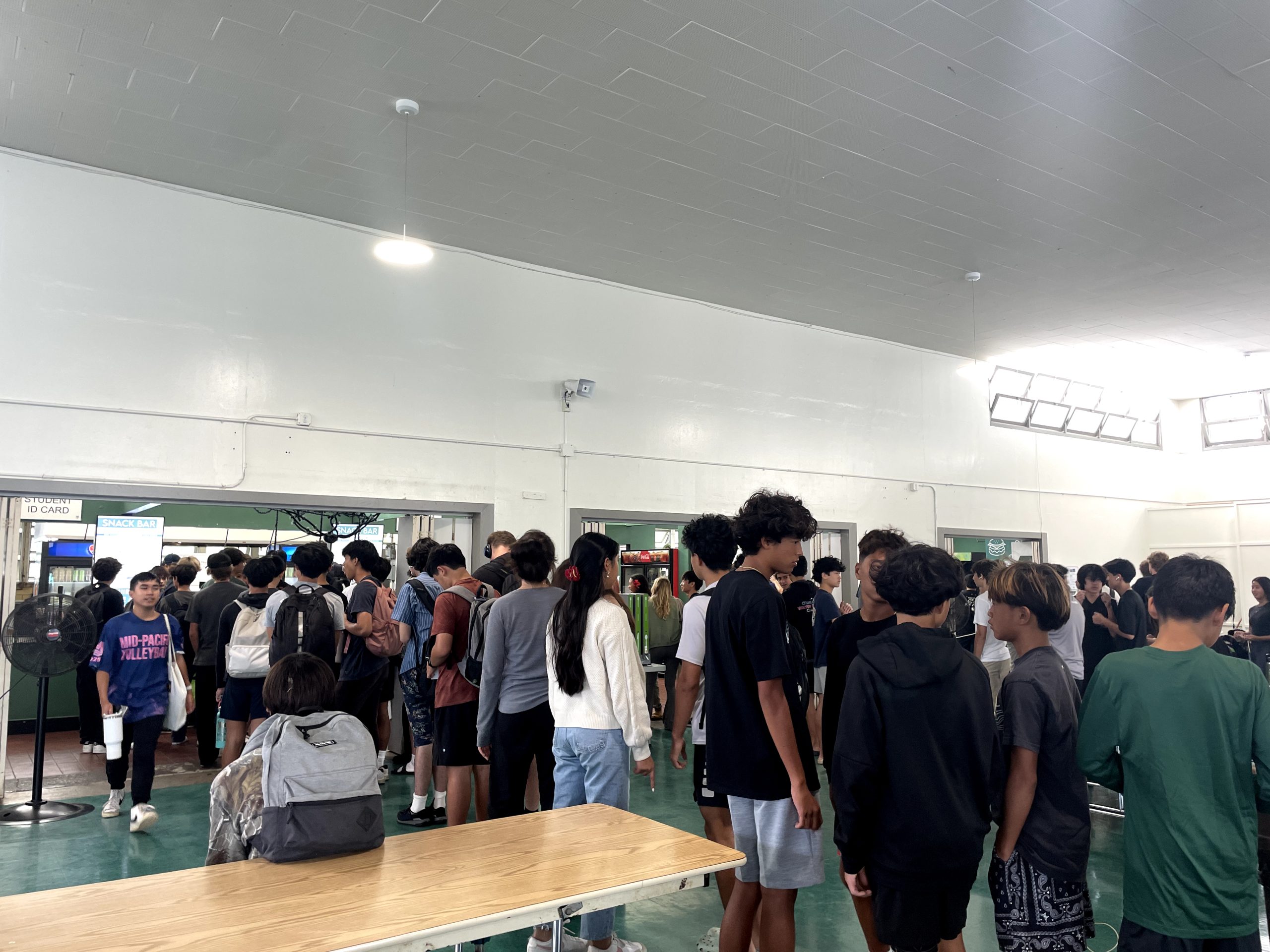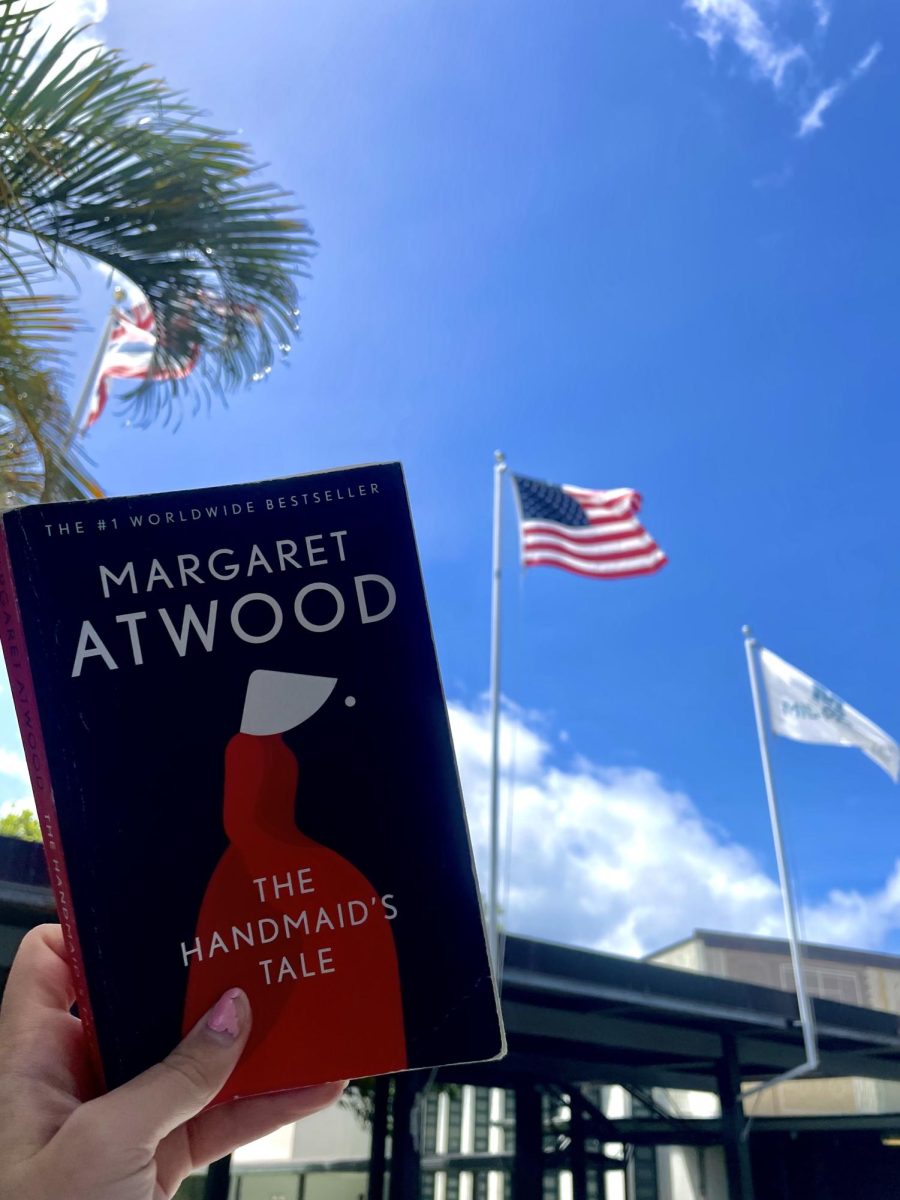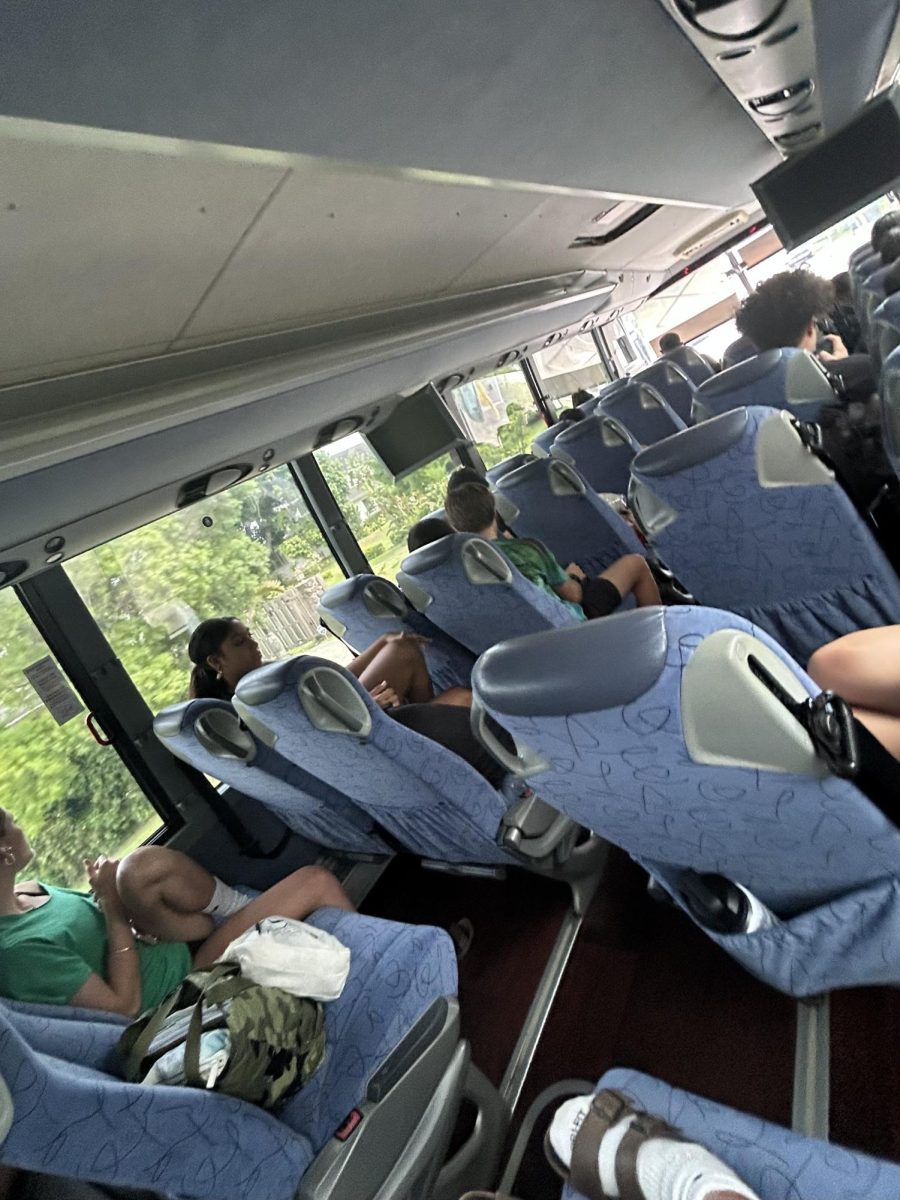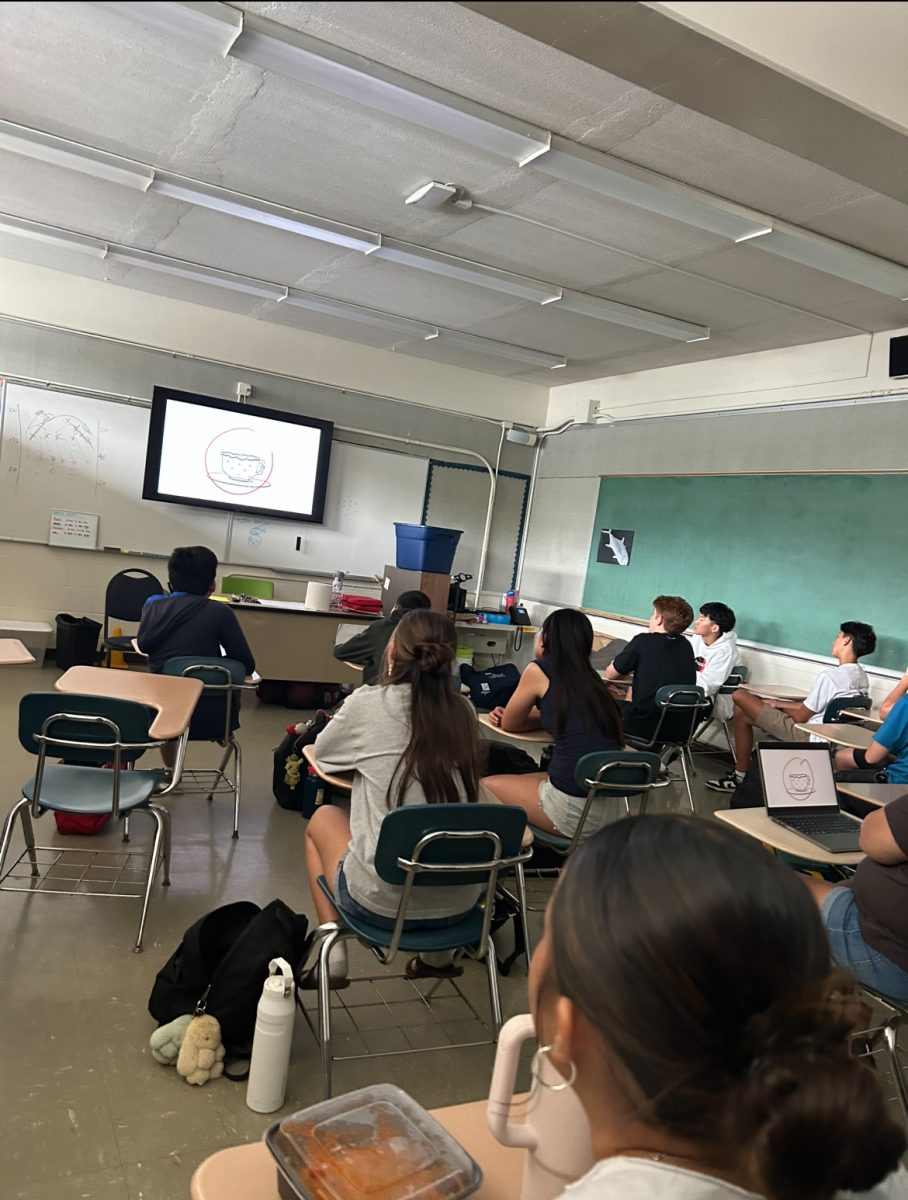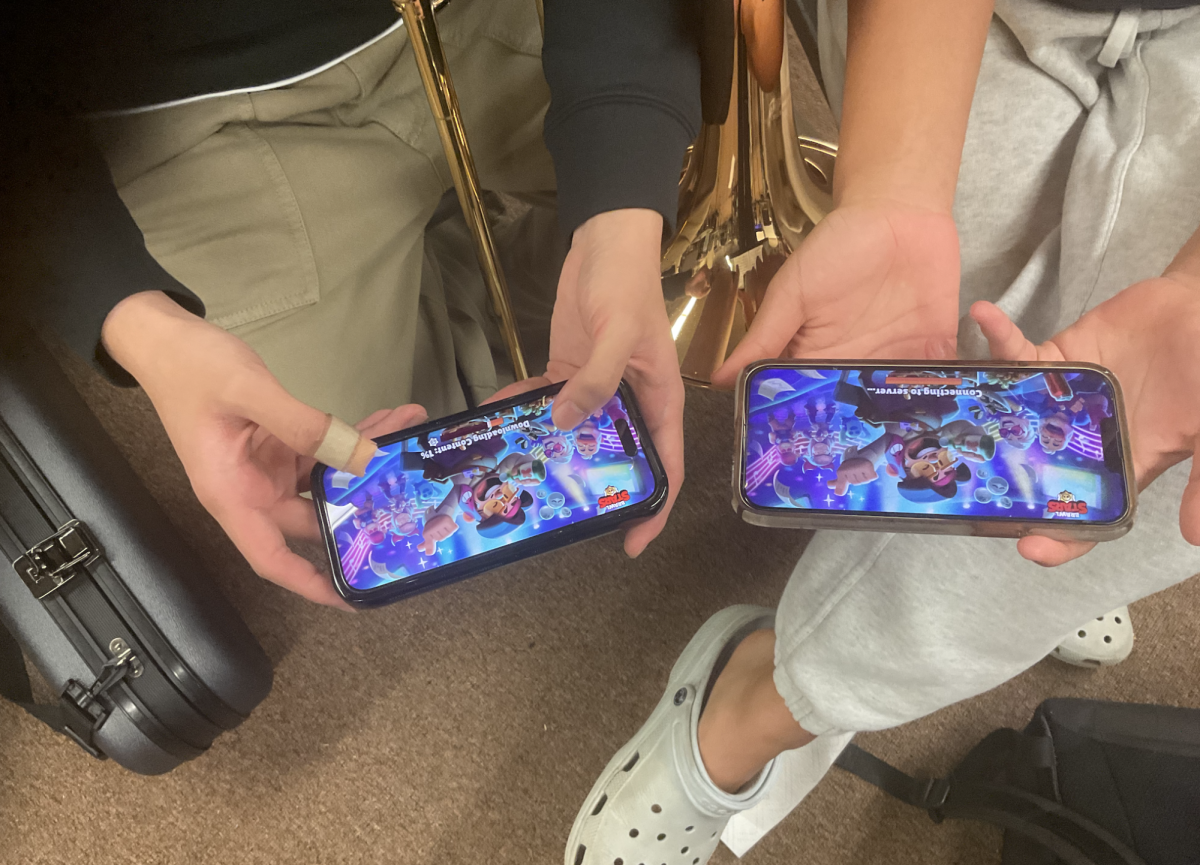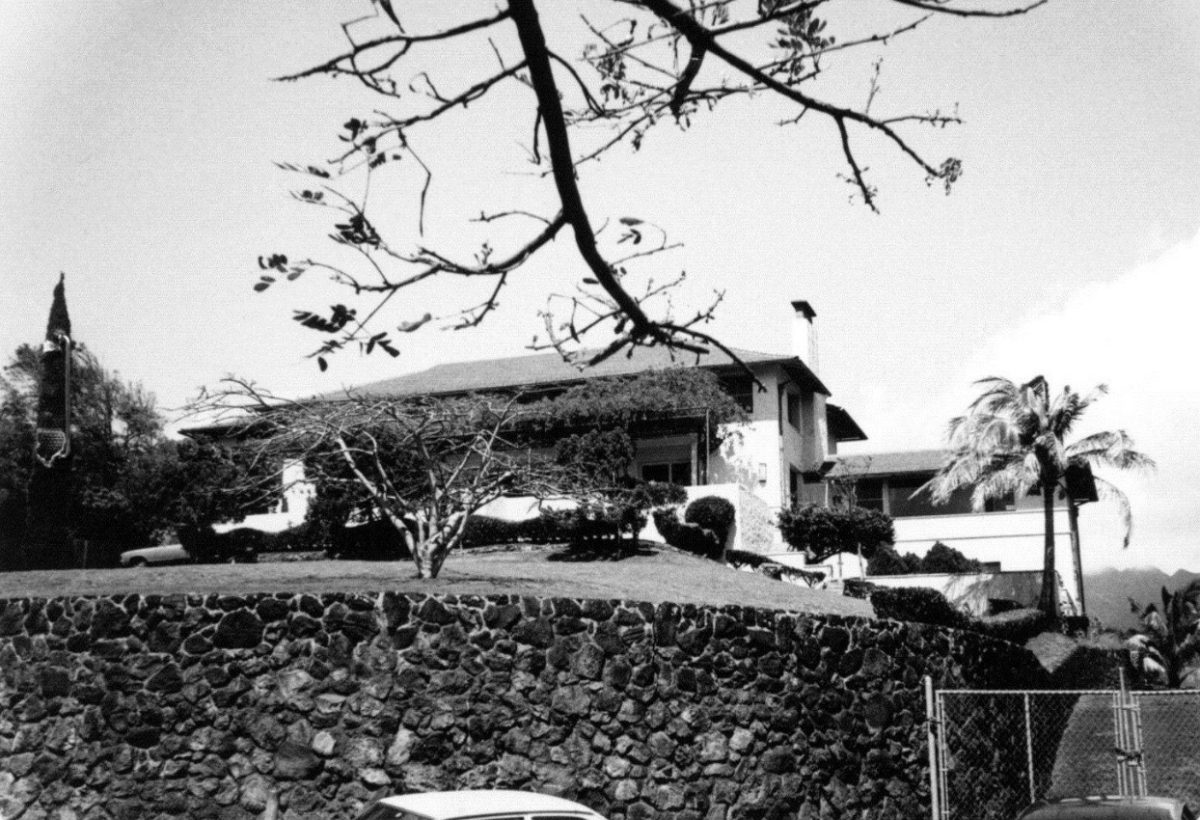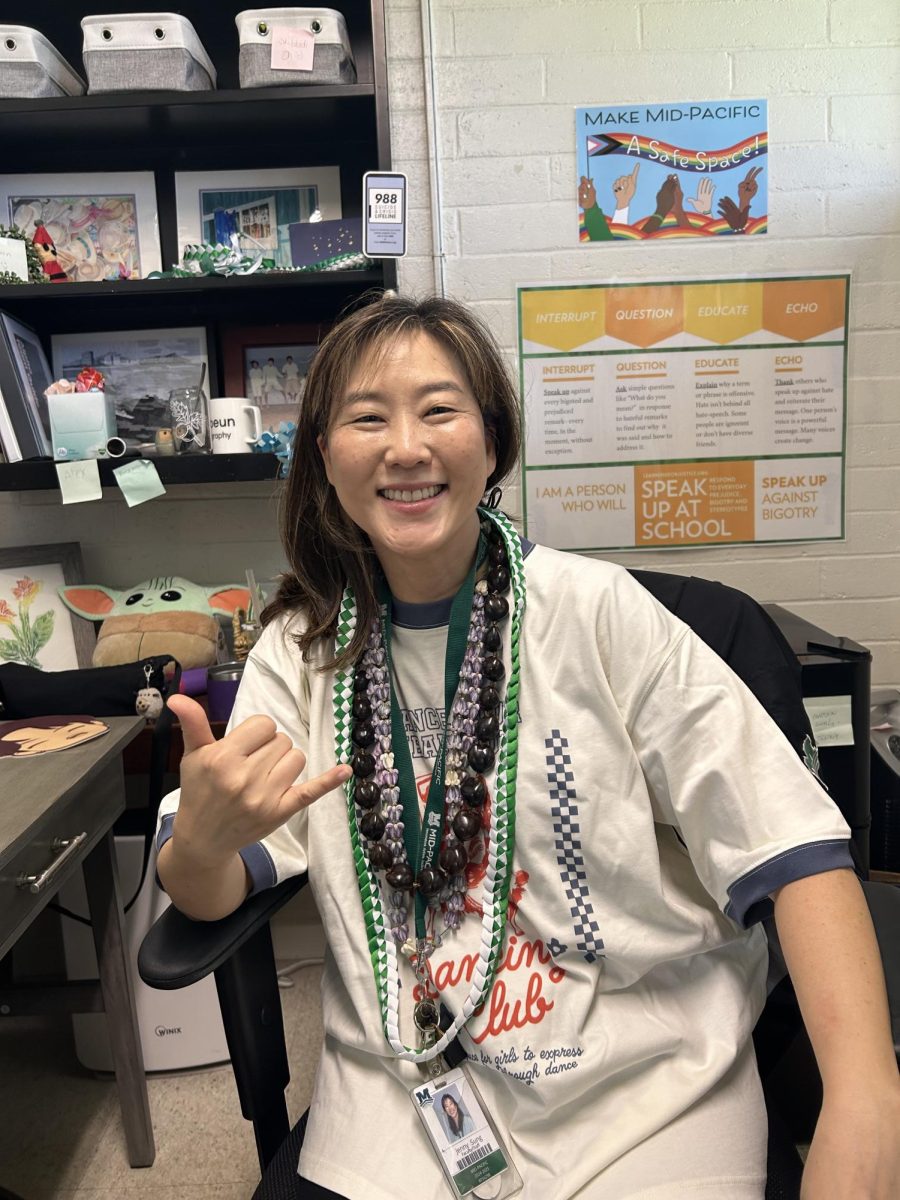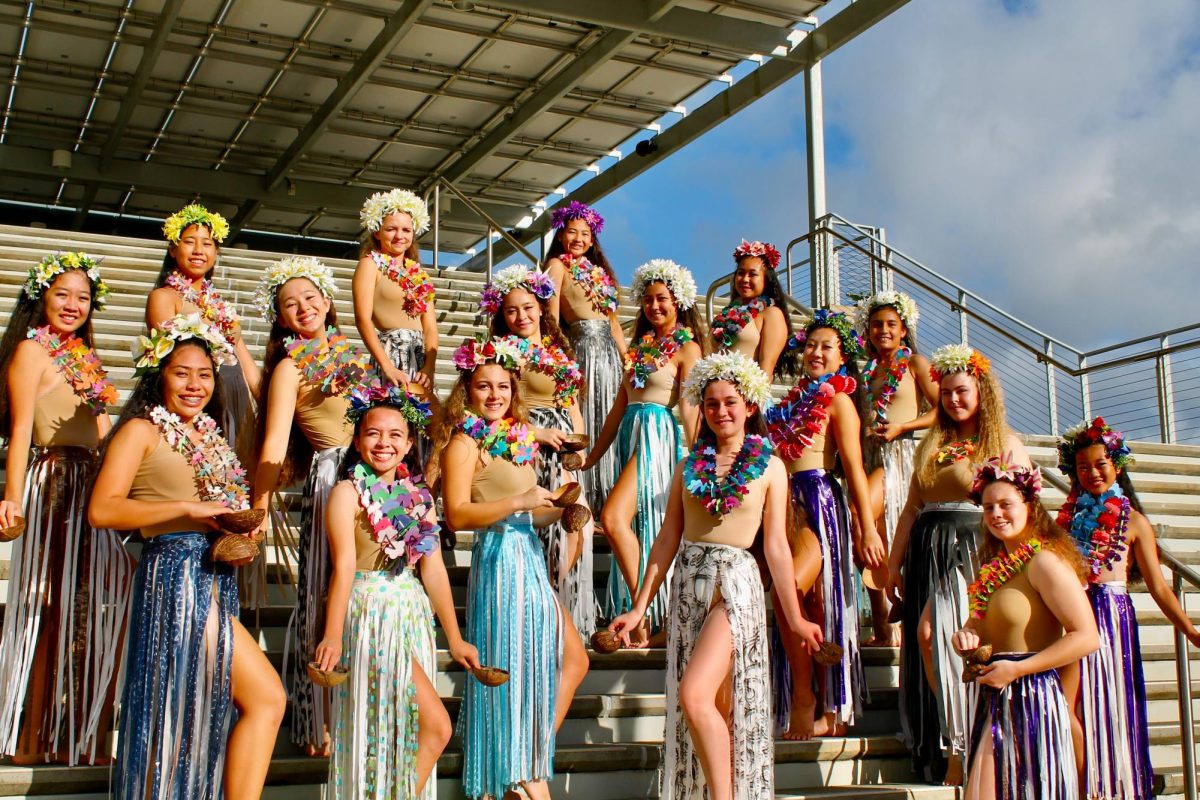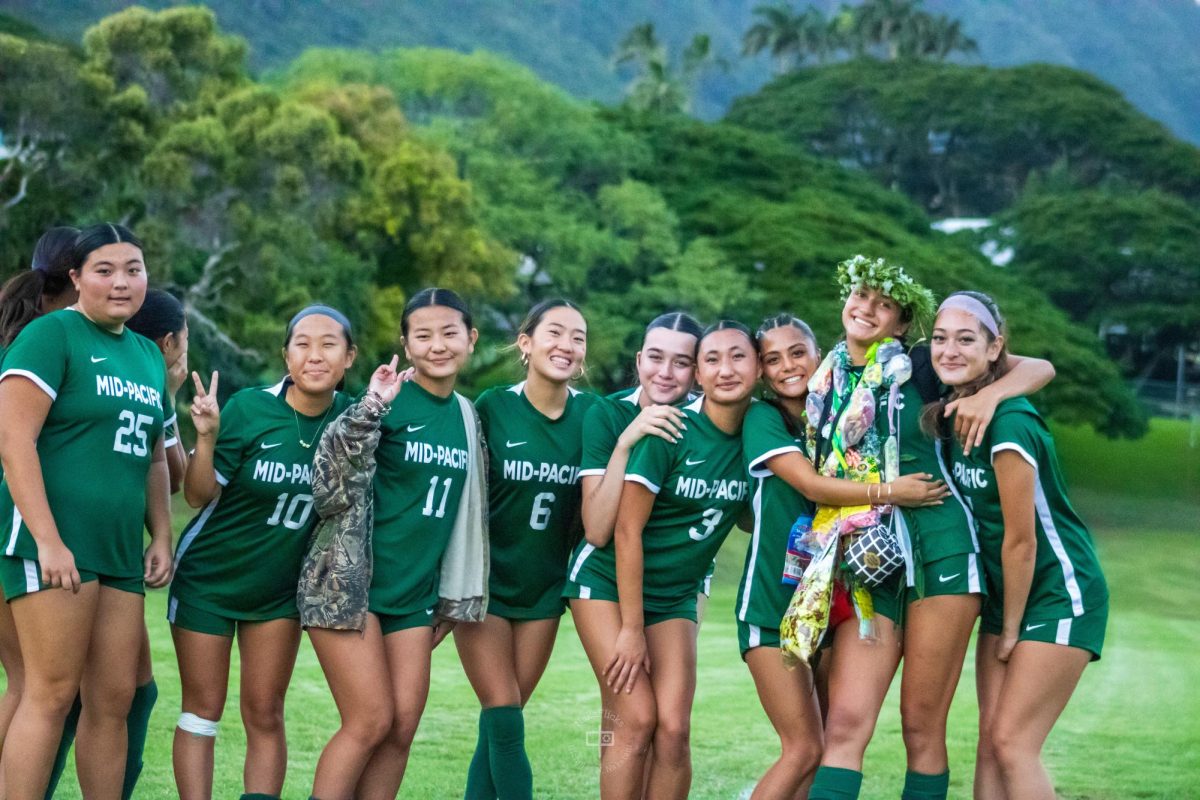A small aspect of a student’s day, yet one of the most important times, lunch is a big part of life on campus.
Whether it is eating with friends and catching up with each other, or refueling your brain and body from the extensive learning demands, the time spent during lunch is key to the success of the student body at Mid-Pacific.
Principal of Student Life and Academics, Rebecca Hodge, agrees.
“It’s a downtime to socialize and a time to have for yourself from thinking about work and class…it’s important to have that nourishment time and also downtime to just relax and talk,” Hodge said.
As for the lunch experience at Mid-Pacific’s high school, there have been challenges for many, being that the lunch lines are much longer than appreciated from the community.
“The lines are long with a lot of people cutting in line. I’ve noticed too that half the time when people do cut in line, they’re not even getting lunch, so it’s really frustrating to see other students cut in line just to not get lunch,” senior Azaliah Kekuna said.
In addition to the battle of the long lines students have to deal with, the 35-minute block of time for lunch has made this challenge of waiting in line even more difficult.
“Standing in line takes up most of the lunch period because lunch is so short and the lines take up the majority of the time. I usually only have five minutes to eat my lunch then I have to go to the next period and eat my lunch in the next class,” Kekuna said.
When reflecting on previous years regarding lunch lines, there has been a negative trend.
“For some reason, this year has been feeling more crowded than usual. This year’s lines feel extremely long because everyone barges into Scudder at the same time to get their food,” junior Buddy Hepton said.
This issue isn’t only specific to the Scudder cafeteria, though, as the struggle of lines has been a great issue in other eating locations.
“I would eat at Kawaiaha’o for the past three years of high school, and the lines were never a big issue, as it would always move at a decent pace. But this year, it feels like if I don’t stand in line super early at the caboose, I won’t be guaranteed a meal, and this is the only source of lunch that I have at school,” Kekuna said.
In response to this change, the student body has had to find different methods of ensuring that they receive their lunch within a reasonable amount of time.
“The length of the lunch line definitely makes me more conscious of how long I spend in office hours,” Hepton said.
The short amount of time for lunch has been affecting other aspects of the time required for students to address other needs before returning to class. This has been brought to the attention of high school English teacher, Kathy Wheeler, as students don’t have enough time during lunch to prepare themselves to get back to learning again.
“There is a noticeable increase of the after lunch group of students wanting to use the bathroom at the start of class. I want to say ‘why didn’t you go during lunch because now I don’t have the 85 minutes that I’m supposed to have’ but the truth is that the 35 minutes of lunch does not allow them to do all of that,” Wheeler said.
However, it isn’t only students and teachers that the lunch line issue affects– it also affects the Sodexo staff tirelessly working the Mid-Pacific lunch outlets to the best of their ability.
Sodexo’s General Manager at Mid-Pacific, Erin Awai, emphasizes the importance of students having their IDs during lunch time as it is the tool that helps guarantee faster transactions and speedier lines.
“As people started becoming comfortable, we started forgetting our cards. Then all the lines in Scudder are almost to the back of the door, and that is something that bothers me a lot because I want students to enter their lunch period but they’re standing in a line,” Awai said.
Awai also mentions the inconvenience the students are creating for the front-line employees making the transactions by forgetting their IDs.
“It’s super hard to hear in Scudder and [staff are] doing their best trying to hear over the crowd, and that’s what’s causing them to take 5 minutes per transaction,” Awai said.
The student ID holds much more value than just a way to receive lunch as there is a bigger picture involved.
“We want to make students realize that not having your ID is not just them that it’s taking longer for, but it changes the line for everyone else. Most kids don’t see the impact that it has on the whole group and the whole high school to not bring your IDs,” Hodge said.
In addition, having a student ID is a responsibility students should value and make a habit as it carries over in your day to day life.
“We’re trying to make the habit of using IDs if you come to this school. It’s a habit when you go to the store as you’re like ‘oh can you look my name up.’ It doesn’t work like that,” Awai said.
Seeing this issue everyday is a hard sight to see for Awai as this isn’t what she intends for the high school body to experience.
“One of the big things for me is that food is community, that’s the joy. I want students to be excited to come to lunch,” Awai said.
As for resolving this issue at hand, it is a community effort of taking accountability and enforcing responsibility to enact change.
“If you don’t want to stand in line, preorder and you can pick it up at your leisure. If you’re coming through the lunch line, bring your ID because it’s something that’s bigger than just you. It’s your peers standing next to you. Don’t cut in line because it affects so many other things,” Awai said.



